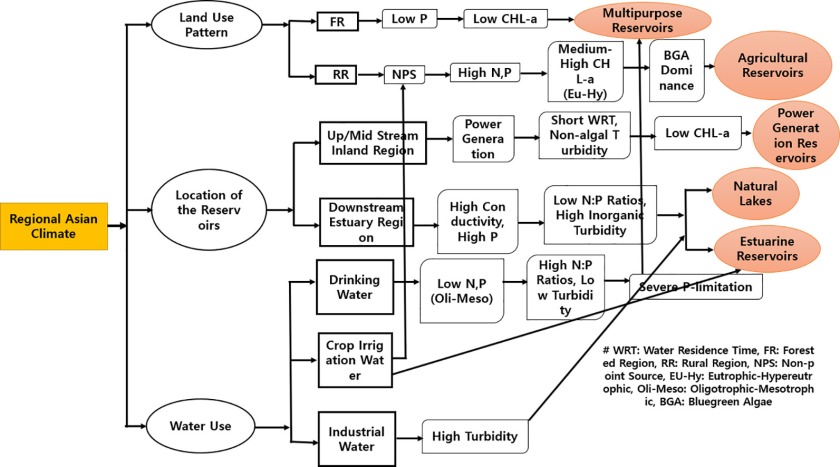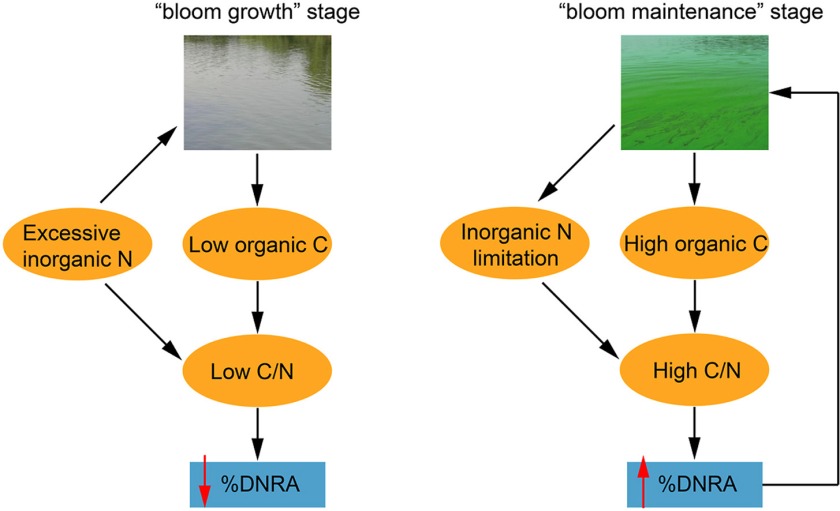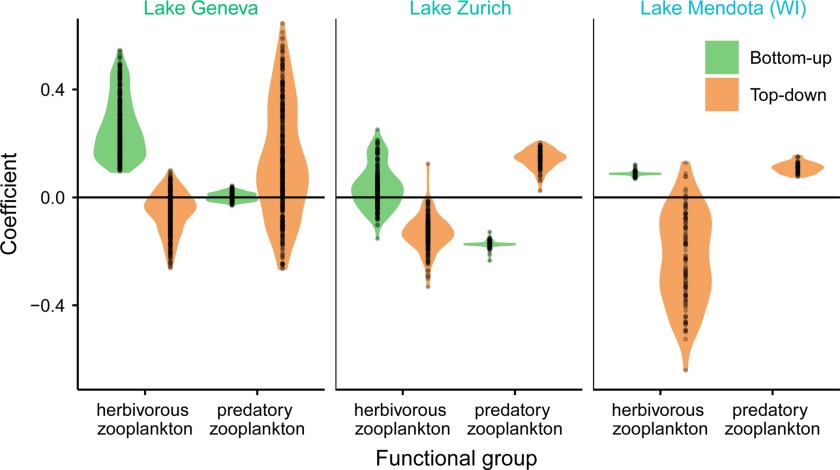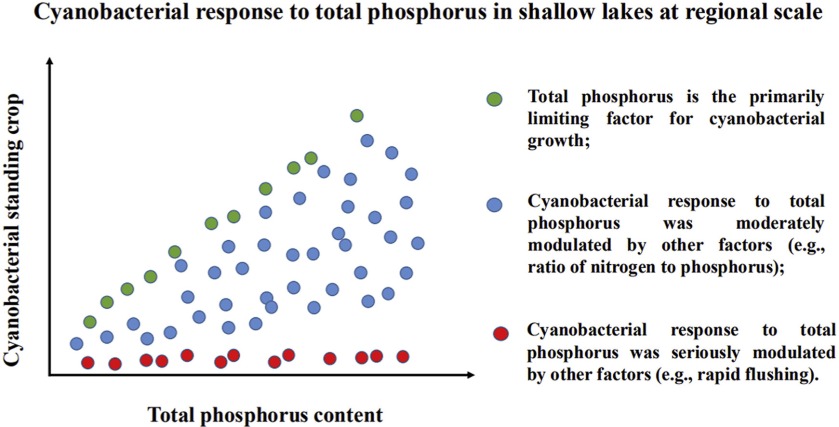
Authors
River algal blooms have become a challenging environmental problem worldwide due to strong interference of human activities and megaprojects (e.g., big dams and large-scale water transfer projects). Previous studies on algal blooms were mainly focused on relatively static water bodies (i.e., lakes and reservoirs), but less on the large rivers. As the largest tributary of the Yangtze River of China and the main freshwater source of the South-to-North Water Diversion Project (SNWDP), the Han River has experienced frequent algal blooms in recent decades. Here we investigated the algal blooms during a decade (2003–2014) in the Han River by two gradient boosting machine (GBM) models with k-fold cross validation, which used explanatory variables from current 10-day (GBMc model) or previous 10-day period (GBMp model). Our results advocate the use of GBMp due to its higher accuracy (median Kappa = 0.9) and practical predictability (using antecedent observations) compared to GBMc. We also revealed that the algal blooms in the Han River were significantly modulated by antecedent water levels in the Han River and the Yangtze River and water level variation in the Han River, whereas the nutrient concentrations in the Han River were usually above thresholds and not limiting algal blooms. This machine-learning-based study potentially provides scientific guidance for preemptive warning and risk management of river algal blooms through comprehensive regulation of water levels during the dry season by making use of water conservancy measures in large rivers.









